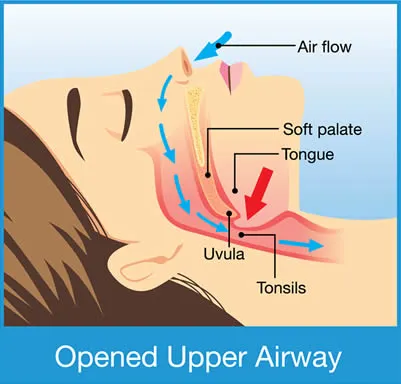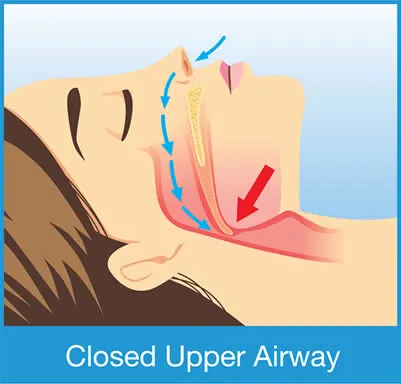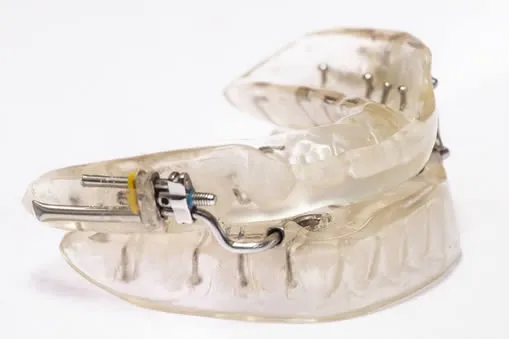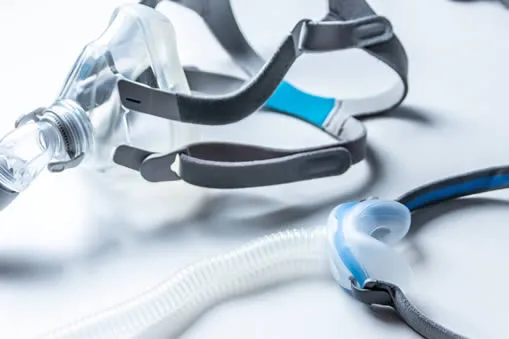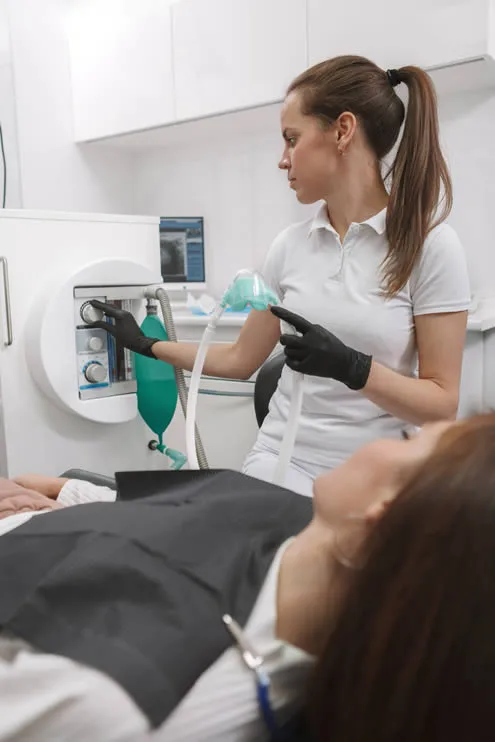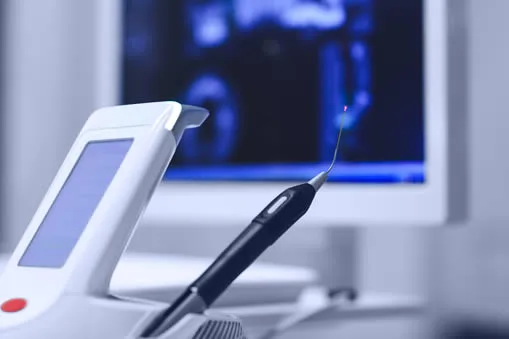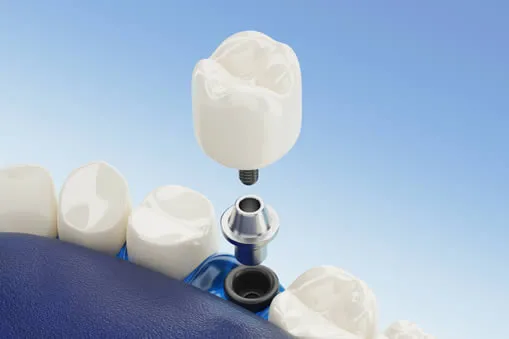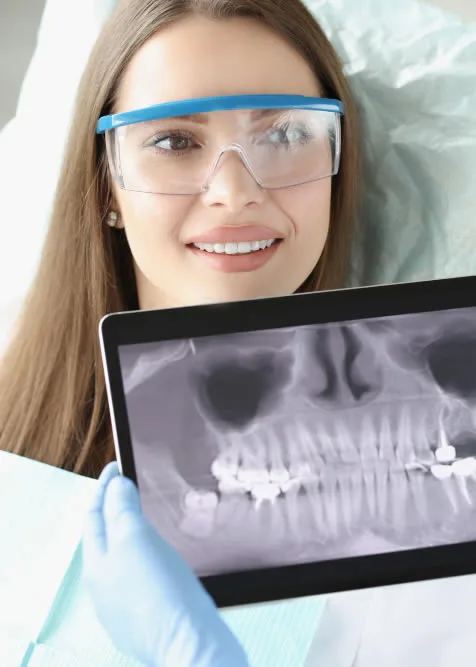Sleep Apnea Treatment
Sleep apnea is a common but often undiagnosed sleep disorder that affects millions of people worldwide. It is characterized by interrupted breathing during sleep, resulting in brief awakenings throughout the night and causing feelings of exhaustion and fatigue during the day. While there are several different types of sleep apnea, the most common form is called obstructive sleep apnea (OSA), which occurs when the muscles in the back of the throat fail to keep the airway open during sleep. Risk factors for sleep apnea include obesity, smoking, alcohol consumption, and age, and it can lead to serious health complications if left untreated.
What is Sleep Apnea
Sleep apnea is a common sleep disorder that affects millions of people worldwide, yet it often goes undiagnosed. It is a condition that causes a person to experience breathing interruptions during sleep, resulting in sleep disturbances and daytime fatigue. There are various forms of sleep apnea, including obstructive sleep apnea, central sleep apnea, and complex sleep apnea syndrome. While anyone can develop sleep apnea, it is more common in people who are overweight, over the age of 40, or have a family history of the condition. If left untreated, sleep apnea can lead to more severe health complications. However, with early detection and appropriate treatment, people with sleep apnea can enjoy a better quality of life.
What are the different types of sleep apnea?
Sleep apnea is characterized by episodes of breathing cessation during sleep, which can cause a range of health problems, including heart disease, diabetes, and hypertension. There are four types of sleep apnea, each with unique causes and symptoms:
Obstructive Sleep Apnea (OSA)
Obstructive sleep apnea is the most common type of sleep apnea. It occurs when the muscles in the back of the throat fail to keep the airway open during sleep. As a result, the individual may snore loudly, gasp for breath, and wake up frequently throughout the night. OSA is more common in individuals who are overweight, have a family history of sleep apnea, or have a narrow airway.
Central Sleep Apnea (CSA)
Central sleep apnea is a less common type of sleep apnea that occurs when the brain fails to send signals to the muscles that control breathing. As a result, the individual may experience pauses in breathing or shallow breaths during sleep. CSA is more common in individuals with certain medical conditions, such as heart failure or stroke.
Complex Sleep Apnea Syndrome (CompSA)
Complex sleep apnea syndrome is a relatively new type of sleep apnea that combines the characteristics of both OSA and CSA. It occurs when an individual with OSA is treated with continuous positive airway pressure (CPAP) therapy, but their central apneas persist. This condition is also known as treatment-emergent central sleep apnea.
Mixed Sleep Apnea:
Mixed sleep apnea is a combination of obstructive and central sleep apnea. It occurs when the muscles in the back of the throat partially block the airway, but the brain also fails to send signals to the muscles that control breathing. This type of sleep apnea can be difficult to diagnose, as the symptoms can be similar to those of OSA or CSA.
More Questions about Sleep Apnea?
Contact our office today to schedule a consultation.
What are common symptoms or signs of sleep apnea?
Sleep apnea is a common sleep disorder that affects millions of people. Here are some common symptoms of sleep apnea:
- Loud and persistent snoring
- Pauses in breathing during sleep
- Gasping or choking during sleep
- Daytime sleepiness and fatigue
- Morning headaches
- Difficulty concentrating or remembering things
- Irritability and mood changes
- Decreased libido
- Dry mouth or sore throat upon waking
- Restless sleep or insomnia
- Breathing through the mouth during sleep
- Night sweats
If you experience any of these symptoms or signs, it’s important to schedule a consultation at our Heath Springs dental office to determine if a oral appliance is necessary.
What are the types of oral devices that treat sleep apnea and how can a dentist help?
Dentists can help with sleep apnea by providing oral appliance therapy. Sleep apnea is a sleep disorder in which a person’s breathing repeatedly stops and starts during sleep. One type of sleep apnea, called obstructive sleep apnea (OSA), occurs when the muscles in the back of the throat fail to keep the airway open, causing breathing to stop for brief periods.
Oral appliance therapy involves using a custom-fitted oral appliance, similar to a mouthguard or retainer, to help keep the airway open during sleep. The appliance is worn in the mouth and works by repositioning the jaw or tongue to prevent the airway from collapsing. This can improve airflow and reduce the number of apnea events that occur during the night.
Oral appliances are a non-invasive treatment option for sleep apnea that can be used in place of or in addition to continuous positive airway pressure (CPAP) therapy. Here are some common types of oral appliances used to treat sleep apnea:
- Mandibular advancement devices (MADs) are the most commonly used oral appliance for sleep apnea. MADs work by repositioning the lower jaw slightly forward to help keep the airway open. These appliances are custom-made by a dentist or orthodontist and may require adjustments over time to ensure optimal results.
- Tongue retaining devices (TRDs) are another type of oral appliance used to treat sleep apnea. These appliances work by holding the tongue in a forward position to prevent it from blocking the airway during sleep. TRDs may be less effective than MADs for some individuals, particularly those with larger tongues or smaller mouths.
- Combination devices are oral appliances that combine the features of both MADs and TRDs. These appliances work by holding the lower jaw and tongue in a forward position to help keep the airway open. Combination devices may be more effective than MADs or TRDs alone for some individuals.
- Palatal lift devices are a less common type of oral appliance used to treat sleep apnea. These appliances work by lifting the soft palate and opening up the airway. Palatal lift devices may be suitable for individuals who are unable to tolerate other types of oral appliances.
Note that oral appliances may not be suitable for everyone with sleep apnea. The appropriate type of appliance will depend on the individual’s specific needs and preferences, as well as the severity of their sleep apnea. Contact our Heath Springs SC Dentist to schedule an appointment to explore your sleep apnea options.
What are factors that affect sleep apnea?
Sleep apnea can lead to a range of health problems, including high blood pressure, heart disease, and stroke. There are many factors that can affect the severity of sleep apnea and understanding these factors can help individuals take steps to reduce their risk of developing sleep apnea and manage the condition effectively.
- Lifestyle factors, such as obesity, alcohol consumption, and smoking, can increase the risk of developing sleep apnea. Obesity is a significant risk factor, as excess body fat can cause the airway to narrow, leading to breathing difficulties during sleep. Alcohol consumption and smoking can also increase the risk of sleep apnea, as they can relax the muscles in the throat and disrupt normal breathing patterns.
- Genetics can also play a role in sleep apnea. Studies have shown that sleep apnea tends to run in families, and certain genetic factors may increase the risk of developing the condition. For example, a study published in the American Journal of Respiratory and Critical Care Medicine found that mutations in a gene called PHOX2B may increase the risk of developing central sleep apnea.
- Medical conditions such as high blood pressure, heart disease, and diabetes can increase the risk of developing sleep apnea. In some cases, sleep apnea may also be a symptom of an underlying medical condition. For example, individuals with thyroid problems or neurological disorders may be more likely to develop sleep apnea.
- Age and Gender – Sleep apnea is more common in older adults and men. As individuals age, the muscles in the throat may weaken, making it more difficult to keep the airway open during sleep. Men are also more likely to develop sleep apnea than women, although the risk increases for women after menopause.
- Sleep position can also affect the severity of sleep apnea. Sleeping on the back can cause the tongue and soft tissues in the throat to block the airway, leading to breathing difficulties. In contrast, sleeping on the side can help keep the airway open and reduce the risk of sleep apnea.
What are statistics related to sleep apnea?
Sleep apnea is a common sleep disorder in the United States that affects millions of people:
- Prevalence: It is estimated that around 22 million Americans suffer from sleep apnea, with about 80% of cases going undiagnosed.
- Risk Factors: Sleep apnea can affect people of all ages and genders, but certain factors can increase the risk of developing the condition. These include obesity, smoking, alcohol use, family history of sleep apnea, and having a large neck circumference.
- Economic Burden: Sleep apnea can have a significant economic impact on individuals and society as a whole. It is estimated that sleep apnea costs the US economy around $150 billion per year in lost productivity, healthcare costs, and motor vehicle accidents.
- Comorbidities: Sleep apnea has been linked to several comorbidities, including hypertension, cardiovascular disease, type 2 diabetes, depression, and stroke.
- Treatment: Continuous positive airway pressure (CPAP) therapy is a common treatment for sleep apnea, but studies have shown that adherence to therapy can be challenging. Other treatments for sleep apnea include lifestyle modifications, oral appliances, and surgery.
- Sleep Apnea in Children: Sleep apnea is not just a condition that affects adults. It is estimated that around 2-4% of children in the US suffer from sleep apnea, which can lead to behavioral and learning problems, as well as growth issues.
ADDITIONAL FREQUENTLY ASKED QUESTIONS ABOUT SLEEP APNEA
What is sleep apnea?
Sleep apnea is a sleep disorder characterized by pauses in breathing or shallow breaths during sleep.
What are the common symptoms of sleep apnea?
Common symptoms of sleep apnea include loud snoring, pauses in breathing during sleep, daytime sleepiness, morning headaches, and dry mouth or sore throat upon waking.
How do mandibular advancement devices (MADs) work?
MADs work by repositioning the lower jaw slightly forward to help keep the airway open.
What are tongue retaining devices (TRDs)?
TRDs are oral appliances that work by holding the tongue in a forward position to prevent it from blocking the airway during sleep.
Is there a dentist near me in Heath Springs that offers sleep apnea treatment?
Yes. At our Heath Springs dental office we offer sleep apnea treatment to patients in Heath Springs and the surrounding area. Contact our office today to schedule an appointment.
Helpful Related Links
- American Dental Association (ADA). Glossary of Dental Terms.
- American Academy of Cosmetic Dentistry® (AACD). Home Page.
- WebMD. WebMD’s Oral Care Guide.


